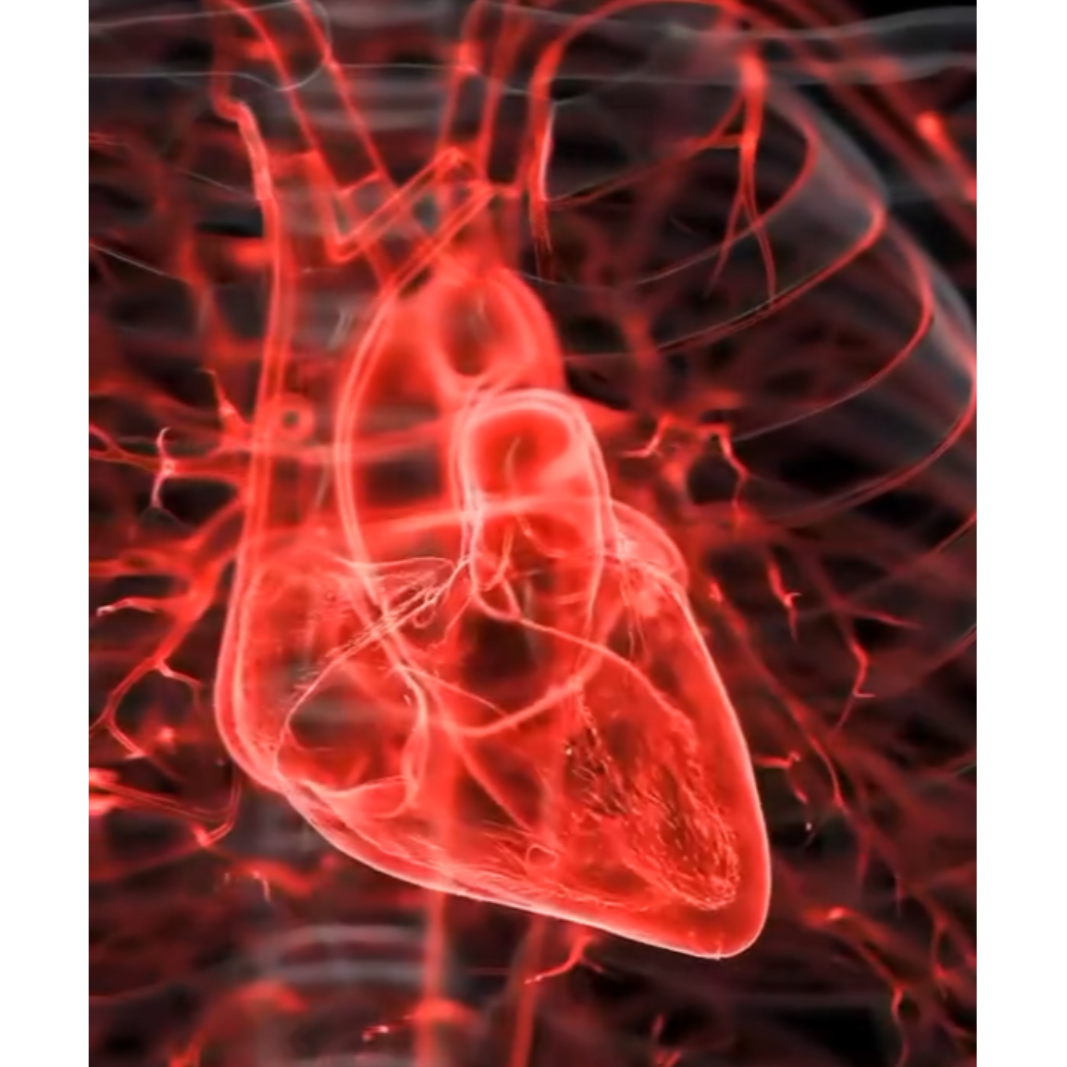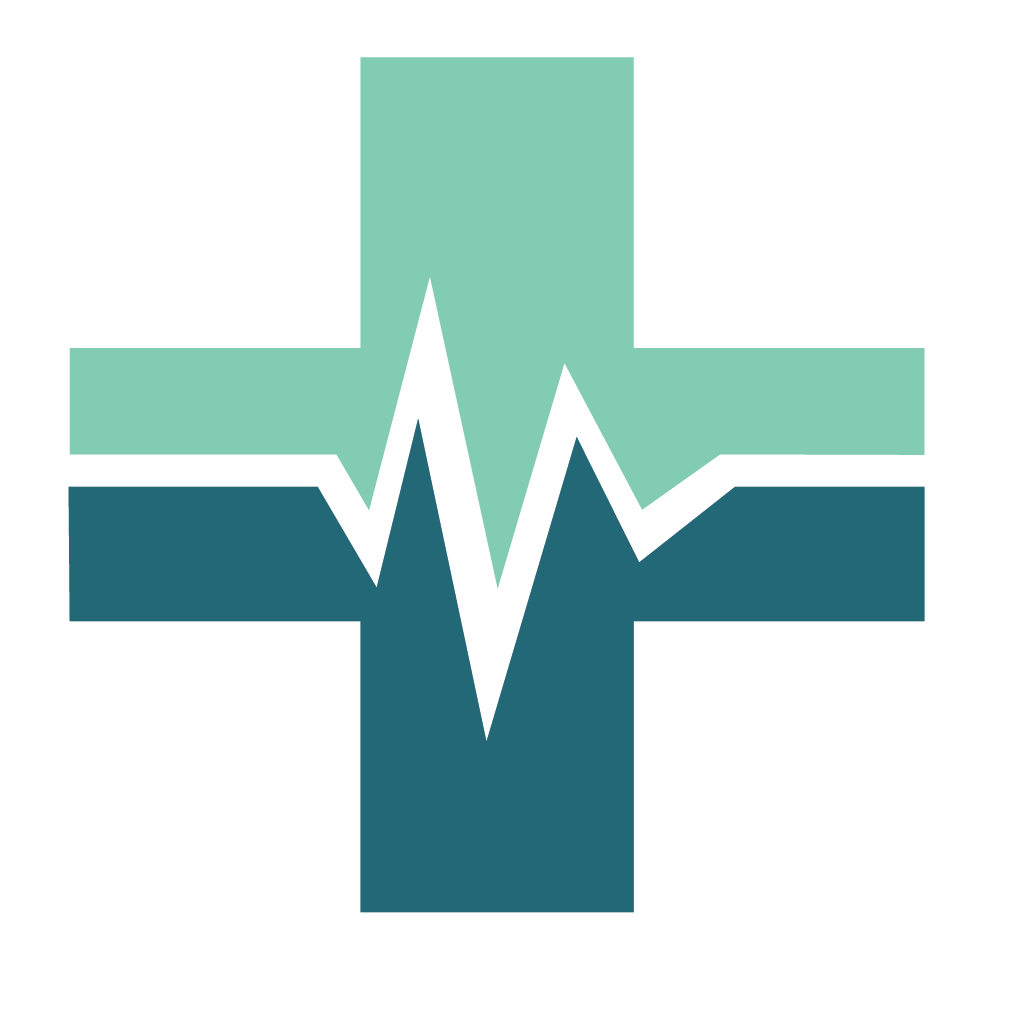+918048036246

This is your website preview.
Currently it only shows your basic business info. Start adding relevant business details such as description, images and products or services to gain your customers attention by using Boost 360 android app / iOS App / web portal.
ECHOCARDIOGRAPHY

Echo in rohini delhi C-8/193 sector 8 rohini delhi 9811552279 7827070020 Echocardiography, or an 'echo, ' is a medical ultrasound test that uses high-frequency sound waves to create moving pictures of the heart and its valves, allowing doctors to evaluate its structure and function, and diagnose various conditions such as heart failure, heart murmurs, valvular heart disease, and problems with the heart muscle or valves. Different types of echo exist, including transthoracic, which is done from outside the chest, and transesophageal, which provides a more detailed view by inserting a probe into the esophagus. How it Works 1. Ultrasound Waves: A special device, called a transducer or probe, sends harmless sound waves (ultrasound) through the chest. 2. Image Creation: As these waves bounce off the heart's structures, they are converted into pictures by a computer and displayed on a screen. 3. Information Gained: The images provide details on: The size and shape of the heart. How well the heart pumps blood. The function of the heart valves. The presence of any blood clots, fluid buildup, or tumors. Types of Echocardiography Transthoracic echocardiography (TTE): The most common type, involving a transducer moved over the chest with gel to create images. Stress echocardiography: Pictures are taken before and after exercise (or medication) to see how the heart functions under stress. Transesophageal echocardiography (TEE): A flexible tube with a transducer is guided down the throat and esophagus for a more detailed view of the heart. Fetal echocardiography: A specialized echo performed on an unborn baby to check for congenital heart problems. 3-D echocardiography: Creates three-dimensional images for even greater detail. What it's Used For Echocardiograms are used to diagnose and monitor various conditions, including: Congenital heart disease Heart failure Valvular heart disease: (e.g., stenosis or regurgitation) Cardiomyopathy: (heart muscle disease) Pericarditis: (inflammation of the heart's outer sac) Cardiac tumors Blood clots: or other issues in the heart

